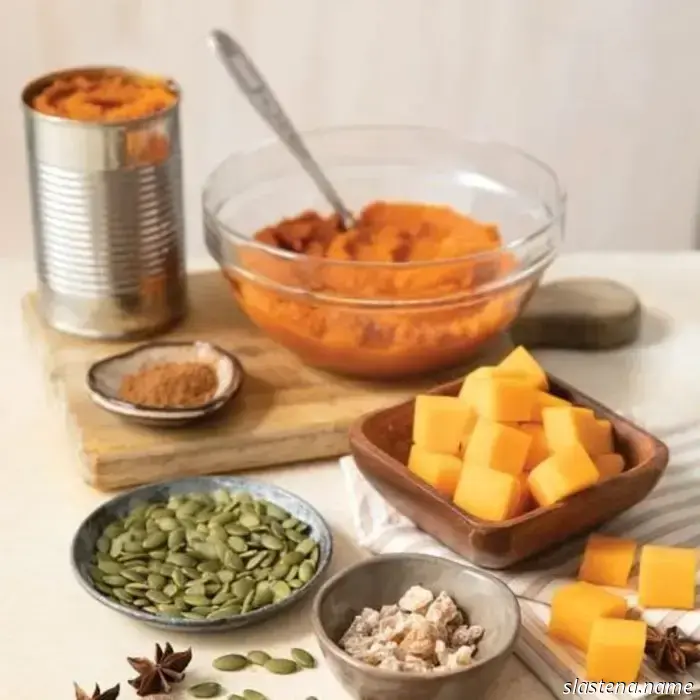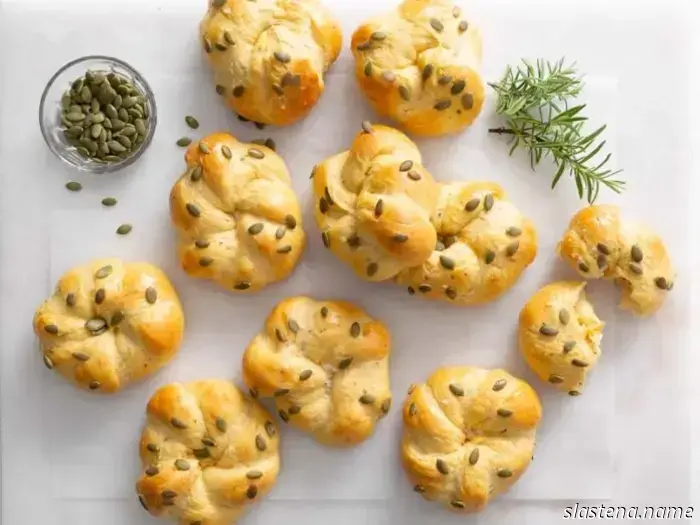
From the Pantry: Pumpkin - Bake from Scratch
Imagine a time before pumpkin spice lattes, jack-o-lanterns, or Washington Irving’s haunting story, Sleepy Hollow. It’s hard to envision an era when pumpkins weren’t the quintessential orange symbol of the fall season, representing autumn itself. In essence, pumpkin transcends being merely a seasonal kitchen staple—it has become a cultural symbol. When dealing with an icon, it’s important to engage with it thoughtfully, respectfully, and with adequate knowledge.
Let's begin with fresh pumpkin. While fresh pumpkin can yield tasty roasted seeds, most bakers value it primarily for its subtly sweet, wonderfully creamy puree. There are countless varieties of pumpkins, but the most commonly found at grocery stores are the large pumpkins intended for carving jack-o'-lanterns. While they are perfect for this purpose, they aren't the best for culinary use. If you aim to create your own puree, opt for smaller, often referred to as sugar pumpkins, which have a higher sugar content and a less fibrous texture.
In today’s world of convenience, canned pumpkin is often the go-to for many bakers. However, the quality of canned pumpkin can vary significantly. Some brands mix different types of squash and label it as "pumpkin" without hesitation. To avoid being misled, check the ingredient label, as companies must specify whether they use actual pumpkin or a squash blend for their puree. Keep in mind that different brands also vary in the sweetness of their pumpkins. One of our preferred brands of canned pumpkin is Libby’s, which exclusively uses sweet and tender Dickinson pumpkins for a 100% organic product.
Even with a quality brand, there’s a noticeable visual difference between fresh and canned pumpkin purees. Canned puree typically has a more vibrant orange color and a less watery consistency, creating a velvety texture. Fresh pumpkin, on the other hand, offers a more subtle, natural flavor. Nevertheless, both types can be used interchangeably without significantly impacting the taste and quality of your baked goods. It’s important to note that we're discussing canned pumpkin puree and not canned pumpkin pie filling, which contains added sugars, spices, and other ingredients. Be cautious to avoid pumpkin pie filling when a recipe specifies canned puree.
Now that you understand your two primary options for pumpkin puree, what should you do with it? Pumpkin pie is often the first dessert that comes to mind, as integral to a Thanksgiving meal as turkey and cornbread dressing. The sweet, creamy characteristics of pumpkin puree lend themselves perfectly to custard-like desserts, including pies and cheesecakes. To transform pumpkin into a filling, certain ingredients are necessary. The proteins in egg whites help the filling set, while the fats in egg yolks prevent the pumpkin from coagulating. In our Speculaas-Pumpkin Chiffon Pie, we incorporate whipped egg whites into our rich yolk-infused pumpkin mixture. Other ingredients are utilized to balance the moisture that pumpkin puree adds. Evaporated milk, containing about 60% less water than regular milk, is heated to reduce its moisture content, which also caramelizes the sugars within. This makes evaporated milk an excellent choice for achieving a thicker custard with subtle caramelized flavors.
Beyond pie, pumpkin puree is frequently incorporated into quick breads, cakes, and cookies. Similar to applesauce, pumpkin puree provides moisture and tenderness, along with natural sweetness. It can also serve as an egg substitute (1 large egg [50 grams] ≈ ¼ cup [62 grams]), binding well while lacking significant leavening power. For cookies, pumpkin puree is best in batter-like recipes (such as our Soft Pumpkin Cookies with Espresso Frosting), where it blends smoothly into the dough, unlike traditional cookie recipes. Additionally, pumpkin puree can be added to yeast breads, though proportions need to be properly adjusted, as the richness can affect the bread’s rise and texture.
When used correctly, pumpkin puree contributes a lovely golden hue, an earthy sweetness, and extra moisture, ensuring the bread remains chewy and moist for a longer period.
Bakers also often turn to two pumpkin-related ingredients: pepitas, the crunchy green seeds from pumpkins, and pumpkin pie spice, a blend of spices designed to enhance the flavor of pumpkin. Pepitas add vibrant color and crunch to baked treats, making them an excellent choice for decorative finishing (see our Rosemary-Butternut Squash Milk Bread Buns). Meanwhile, pumpkin pie spice, reminiscent of the popular pumpkin spice latte, conjures thoughts of everyone’s beloved pie, though it doesn’t necessarily contain any pumpkin. This warm blend features essences of cinnamon and ginger, rounded out by the sweet aromas of nutmeg, allspice, and cloves. Notably, this spice combination is also effective in recipes that do not include pumpkin, as demonstrated in our Pumpkin Spice Souffle Pancakes. Nevertheless, we suggest kickstarting your fall baking season with an array of pumpkin-infused desserts.

From the Pantry: Pumpkin - Bake from Scratch
From the green pepitas to the orange puree, we provide bakers with insight into the beloved squash of fall: pumpkin.

